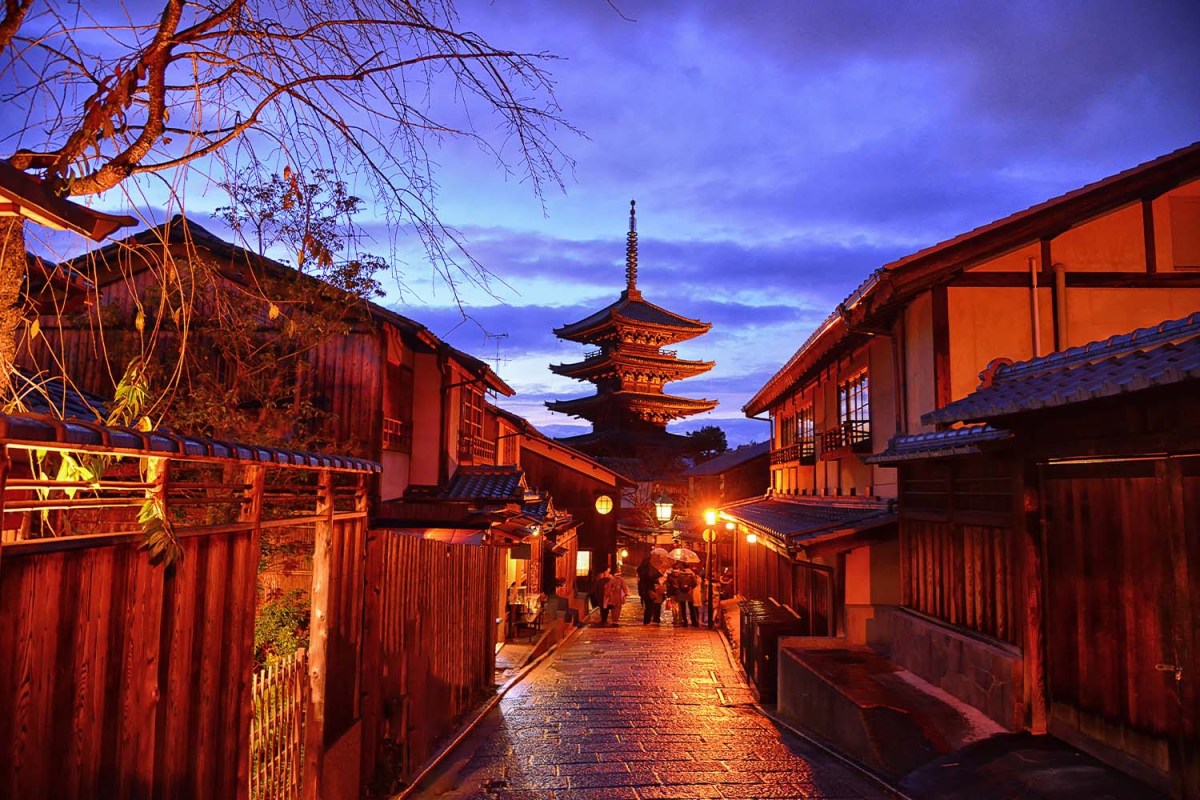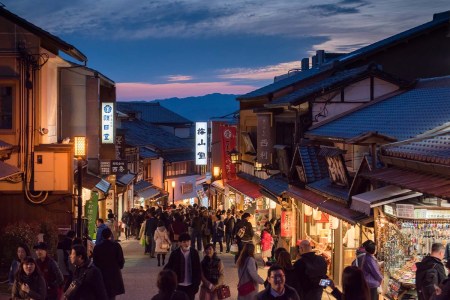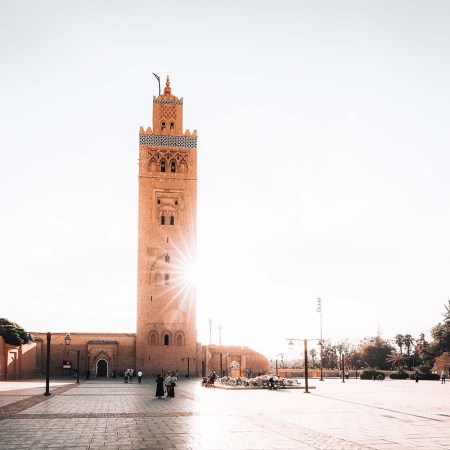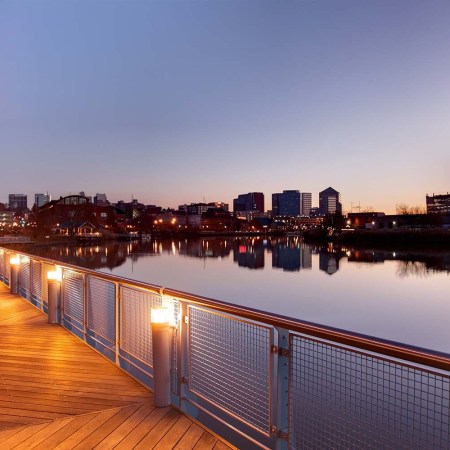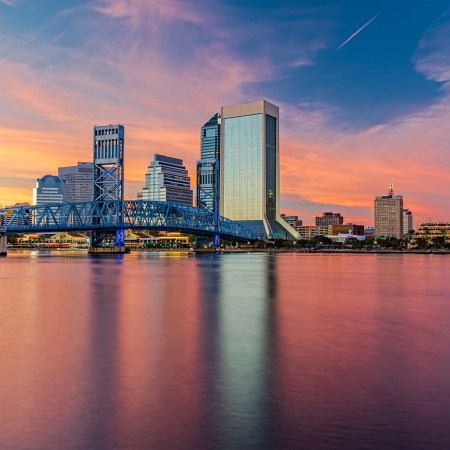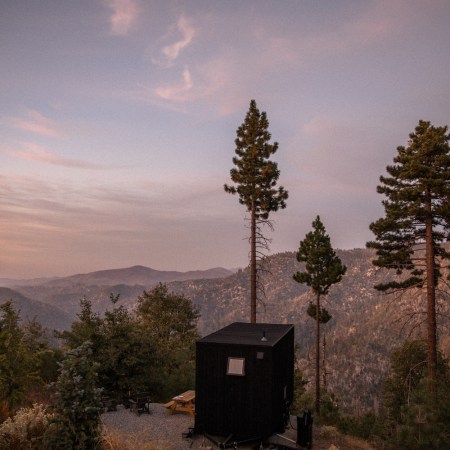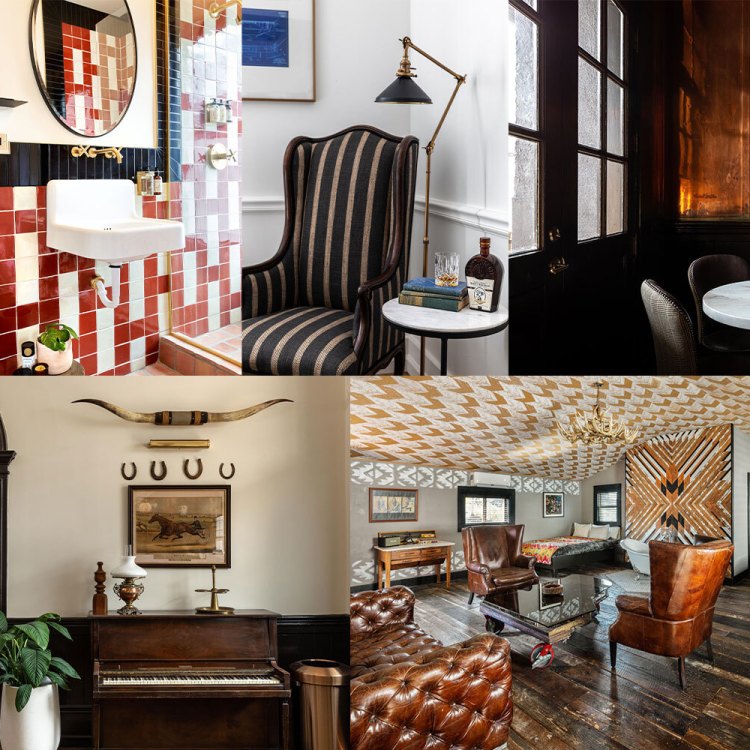Kyoto reigned as the capital of Japan for a millennium, which is an incredible stretch of time. The word itself translates to “capital city,” and it’s well-earned given that track record. For many travelers today, though, Kyoto is often lost amid the neon glow of Tokyo, and in many ways, the country’s current and former capitals couldn’t be any more distinct from one another.
Kyoto leans into its proud past more than it looks ahead to the future and puts it on display for locals and visitors alike, with preserved historical districts to explore and beloved shrines and temples dating back to when Kyoto, then known as Heian, was founded. It’s a place to observe and celebrate Japanese culture and its connection with nature, centuries stacked upon centuries of beautiful architecture and art, and craftsmen of every stripe, while experiencing the marvels of Japanese hospitality. Yes, there’s also a loaded food market, plenty of bustling bar alleys and the neighborhood known as Kyoto’s geisha district, Gion.
In Kyoto, you can eat all the ramen you crave and snack on all the convenience store fare your heart desires, though you’d be wise to indulge in its prized local specialties too, such as seasonal kaiseki fare and boiled tofu, or yudofu. Go hard on the izakaya highballs, but don’t skip the tea ceremony, either.
The city fits into that wonderful space where you can unironically engage with its storied roots while embracing everything you’re seeking from modern Japan. Here’s how to enjoy the best of both worlds in Kyoto.
How to Get to Kyoto
Travelers from the United States can choose to fly into either Tokyo or Osaka. From Tokyo, connect from one of its airports to a central station in the city and hop on the Shinkansen bullet train for a two-hour journey. From Osaka’s Kansai International Airport (KIX), which does have a smattering of direct flights to the states, the train to Kyoto is about 90 minutes.
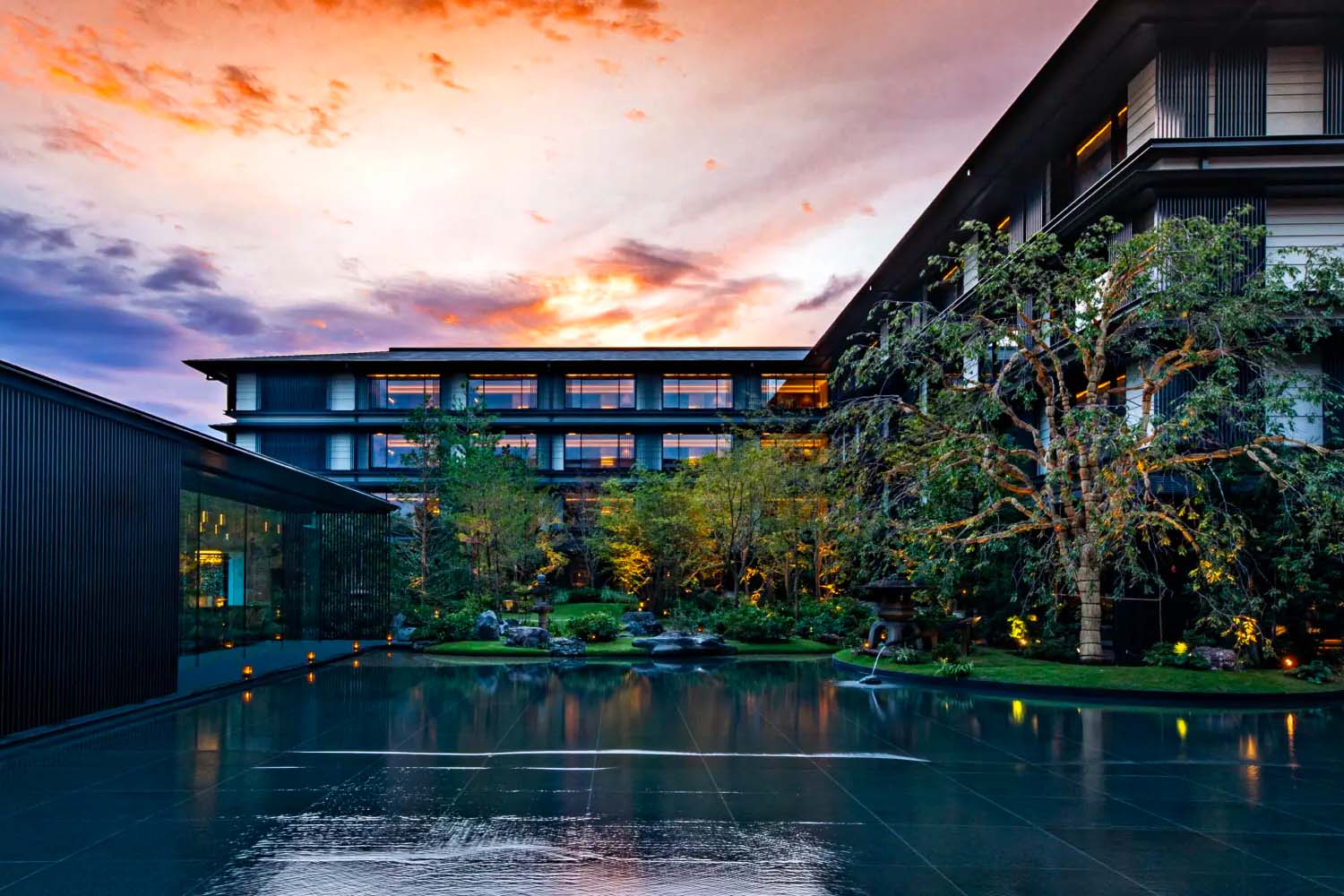
Where to Stay in Kyoto
With a deep history and innate connection to its natural surroundings, Hotel The Mitsui Kyoto is in many ways an encapsulation of the city itself. It’s located on the grounds of what had been the Mitsui family home for centuries, and guests enter the property by walking into a courtyard under the Kajiimiya Gate, constructed in 1703. It’s across the street from Nijo Castle — built in 1603 as the residence of the first shogun of the Edo period, Tokugawa Ieyasu — and yet is convenient to the city’s modern side, located just two miles north of Kyoto Station.
Hotel The Mitsui Kyoto’s heart is its large, seasonal garden, and the property is meant to evoke harmony between this central, outdoor courtyard space and the home — or in this case, the modern hotel buildings that wrap around it. Its 161 rooms showcase traditional Japanese styling, with natural woods and minimalist décor.
If the courtyard is the hotel’s heart, its basement onsen — with waters drawn from a thermal spring 1,000m below ground — may be its star attraction. The main public area features multiple pools and water treatments, but what sets it apart are its private onsens. These are personal chambers reservable by the hour, replete with an enormous, hot spring-fed stone bath. Each includes an indoor lounging room looking upon an enclosed garden, as well as a dining area and steam shower. I can attest that an hour in there may be one of the world’s preeminent jet lag-busting solutions after a long travel day from the United States.
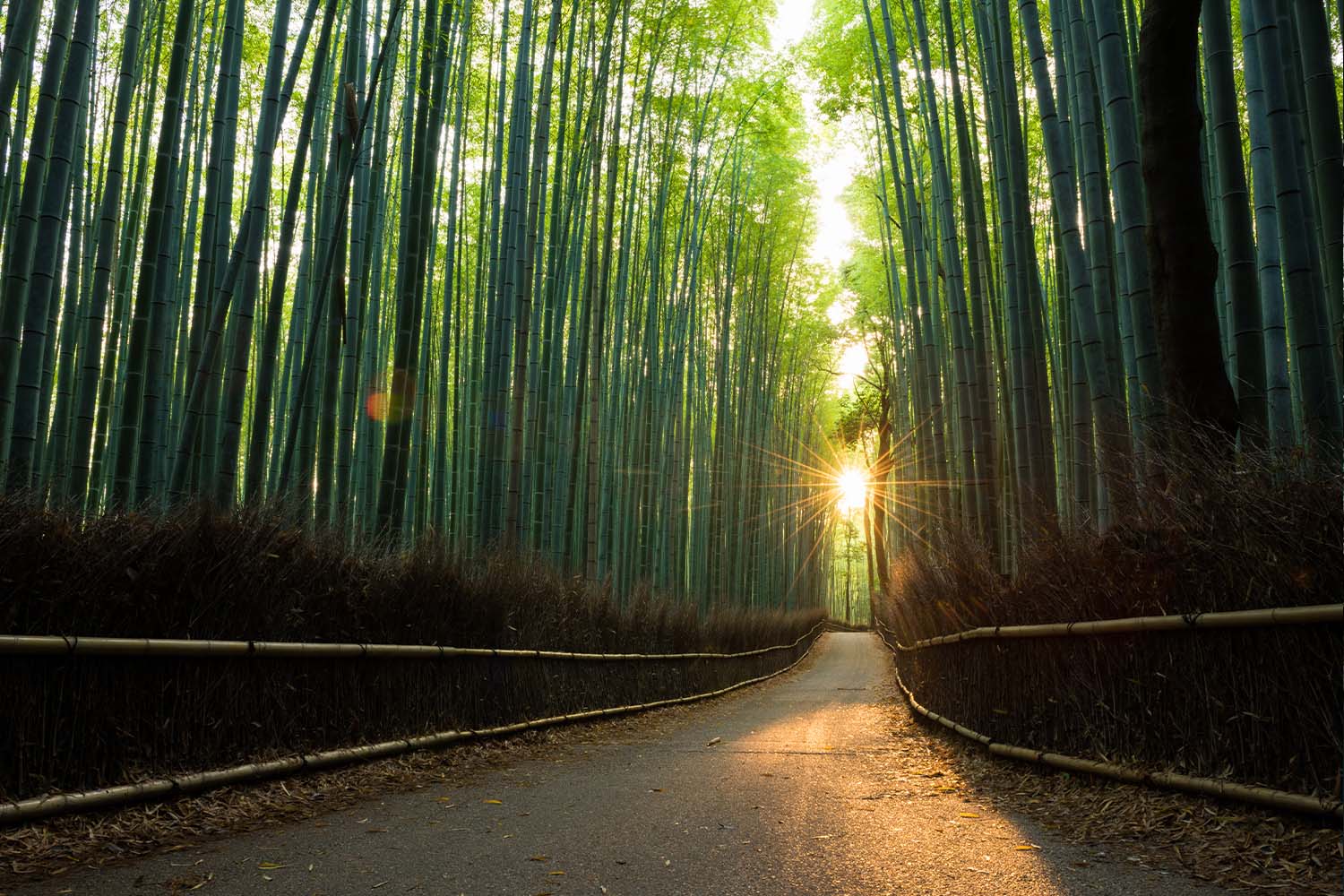
What to Do in Kyoto
The stunning Fushimi Inari shrine tops many to-do lists for Kyoto, with its famed torii walking paths comprising collections of torii gates so great in number and dense in layout they almost seem to form enclosed tunnels. It’s likely to be crowded, so consider getting an early start with a dose of sunrise spirituality. The hilltop Kiyomizu-dera Temple is another top choice, with its pagodas and dramatic viewpoints. Both of these sites date to at least the 8th century. About 30 minutes outside of the city is Byodo-in, known for its sculpture of the Amida Buddha, or Amitabha, completed in 1053 and residing in its Phoenix Hall. Kinkaku-Ji is perhaps the most well known of Kyoto’s myriad temples and shrines. Its three-story Golden Pavilion and Buddhist relics have made it both a tourist attraction and a revered religious site that dates back to the 14th century.
Head to the west of Kyoto to visit Arashiyama, which has a number of temples and villas to explore across its grounds. The main draw are the Bamboo Groves, with gigantic bamboo shoots soaring straight up into the sky in several large sections. The aforementioned Nijo Castle is also worth a visit, and when you just can’t get enough, there are scores of additional temples, shrines, gardens and scenic areas to seek out in the city and surrounding region.
Within Higashiyama there are a collection of charming, shop-lined walking streets to explore. Across this historic district, which includes sites such as Kodai-ji Temple and the Yasaka Pagoda and Ninenzaka and Sannenzaka streets, many Japanese tourists dress in traditional kimonos while meandering around shopping and eating. The riverside Pontocho is another district to explore, its alley lined with izakayas, yakitori restaurants and all types of food purveyors.
In Higashiyama, there’s a bounty of ceramic stores and crafts of all types, as well as incense, fragrances, tea and sweets stores, and more. Elsewhere in Kyoto, fabrics take center stage. For a lavish kimono, make an appointment to visit the five-story Hosoo flagship store, which opened in 1688 and is now run by the ninth generation of the family. Pagong offers a more modern approach, taking its century-long history of textile design for kimonos and transforming it into silk aloha shirts for men and elegant, patterned blouses for women.
A Foodie’s Guide to Kyoto, Japan
From tempura to gyoza, exploring this ancient city is a culinary adventure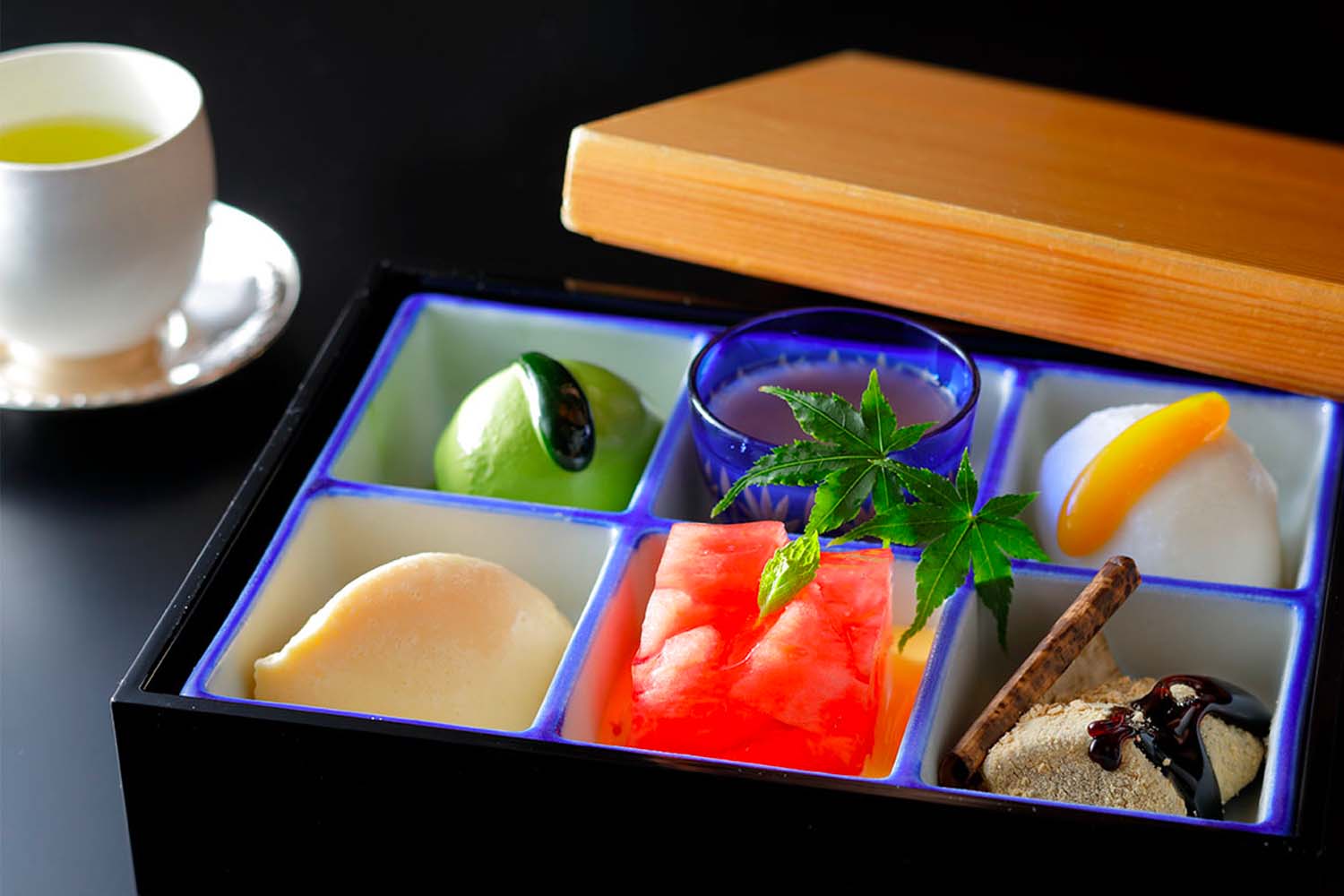
Where to Eat and Drink in Kyoto
I mentioned loaded food markets and ramen, didn’t I? Nishiki Market has more than 100 vendors and shops to explore in a walking street stretching down multiple blocks. As for your noodle fix, Musoshin Ramen, whose chefs wear “No Ramen, No Life” t-shirts, is recommended for a bowl. For a more delicate touch featuring chicken and pork broth flavored with yuzu, try Ichiren Ramen.
While Osaka is the home of okonomiyaki and it’s beloved in Hiroshima, the griddled, toppings-loaded treats can be found in Kyoto, too. Gion Negiyaki Kana is where the locals go, though be prepared to wait for a bit if you visit during a popular time, as the bustling shop consists of a single, tiny counter. For more comfort fare in all forms, try Teuchi Toru Soba, Kyoto Curry Seisakusho Karil and Unagi Sora.
At Toki, chef de cuisine Tetsuya Asano prepares a menu that reflects his Parisian culinary training while emphasizing locality. This detailed approach is drilled down to a fine enough level to showcase Kyoto’s renowned soft water and how it influences the creation of dashi stock. A 12-course signature menu showcases a sweeping array of innovative dishes built upon those foundations.
The Park Hyatt Kyoto is home to several restaurants you’ll want to add to your hit list. Yasaka is a stellar teppanyaki restaurant combining tableside preparation with the technique of fine French cuisine and a sensational setting to match. Then there’s the Michelin-starred Kyoyamato. The historic space, with a 150-year-old restaurant and 300-year-old teahouse, is located on the hotel’s grounds and serves Kyoto kaiseki cuisine.
Sticking with fine-dining, Kinobu is a Michelin-starred restaurant famous for its Kyo-ryori, or Kyoto cuisine. These are foods that reflect Kyoto, its history, the region’s ingredients and the seasons. The restaurant has been known to host the occasional private event in conjunction with Hotel The Mitsui Kyoto as well.
Two of Kyoto’s cocktail bars have garnered attention on the international cocktail circuit: Bee’s Knees and Bar Rocking Chair. Visit the House of Ki No Bi, the Kyoto Distillery’s bar and shop for its Ki No Bi gin, and the Spring Valley Brewery pub, located near Nishiki. Scotch & Branch has an impressive lineup of whisky from Japan, Scotland and the United States, and its owner has now opened up a second establishment, Bar Kaktel, focusing more on Prohibition era libations. Whisky is also at the forefront of The Garden Bar, where a massive wooden slab bar top offers a prime vantage for gazing into a scenic garden. If Japanese whisky and a Zen garden don’t inspire meditative contemplation, what will?
Speaking of whisky, a little place known as the Yamazaki Distillery is 30 minutes outside of town. I’d suggest reserving a time slot for a tour and making an afternoon of it. Some people make pilgrimages to Kyoto’s temples and shrines. This is where I make mine.
This article was featured in the InsideHook newsletter. Sign up now.
